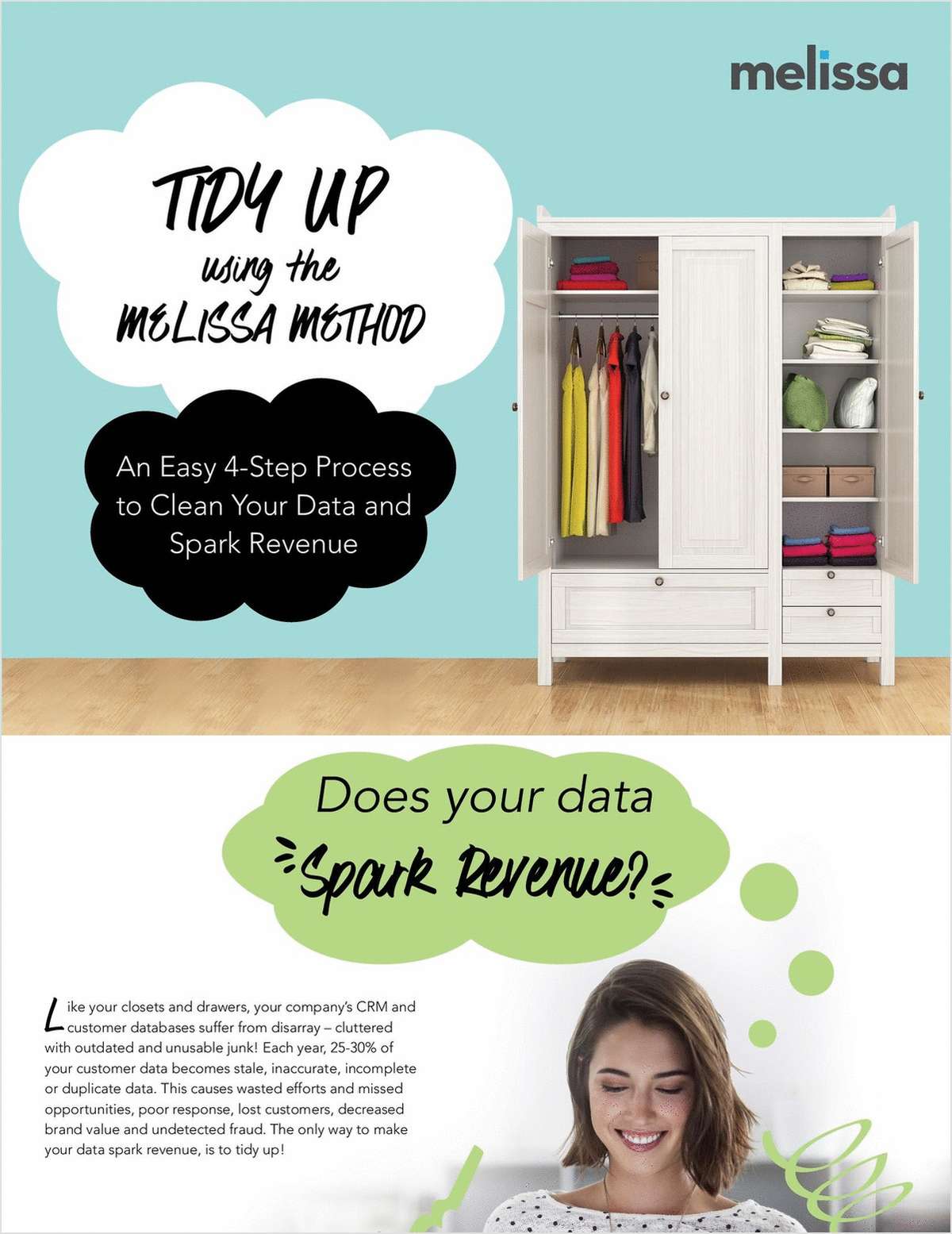Insurers Seek Handle On Catastrophe ExposureWith best practices, modeling can help carriers cope withdisaster management
|In 2004, catastrophe risk and its effective management onceagain became prominent topics of discussion in the insuranceindustry. The occurrence of four major hurricanes within a span ofsix weeks came as an unwelcome surprise to many insurers and hasspurred quite a few to evaluate how they can better plan for andprotect their business from catastrophes.
|Today, catastrophe modeling can be used for a wide range ofinsurance decision-making, including ratemaking, underwritingdecisions, reinsurance purchasing, new business opportunities,portfolio optimization and analyzing exposure concentrations.
|As the new year begins, it is an opportune time for insurers toperform a more complete review of their catastrophe risk managementstrategies. This article describes how insurers can improve theirunderwriting and portfolio management strategies and ultimatelyimprove their bottom line through the more effective use ofcatastrophe models.
|Bring Catastrophe Models In House:
|While many insurers obtain results of a portfolio-levelcatastrophe analysis from their broker, an increasing number arebringing the models in house to derive benefits that extend wellbeyond analyzing reinsurance needs.
|
In-house use of models enables a more dynamic view of riskaccumulation and therefore more proactive strategic planning.Hands-on access to catastrophe models also provides underwriterswith critical information for pricing individual risks and forevaluating their marginal impact on the portfolio. With directaccess to these tools, underwriters will make better decisions onindividual risks in real time.
|Understand The Differences Between CatastropheModels:
|The models available from various vendors are based on largelysimilar historical data. However, small differences in modelassumptions can lead to very different loss estimates.
|Insurers should make sure the models they employ incorporate themost advanced science and engineering research, and they shouldevaluate the models on an annual basis. Given the significance ofthe decisions insurers make based on this output, carriers shouldtake the time to understand the assumptions that form the basis ofthe models and feel free to ask tough questions of their vendorsand brokers.
|Capture Detailed Data During PolicySubmission:
|While the choice of catastrophe model certainly impacts lossestimates, the exposure and policy details used as input areequally important. To ensure the most accurate catastrophe lossestimates for individual properties, data gathered for policysubmissions should be as detailed as possible.
|Fundamental to high-quality data is the exact location of theproperty. Today, location information can be captured at thegeo-coded, or latitude/longitude, level. Geo-coding is critical forproximity-based hazard assessment, exposure concentration analysisand catastrophe loss estimation. Technologies now exist thatautomatically “scrub” the address and convert it to a geo-codeearly in the analysis process.
|In addition to location, insurers should make every effort tocapture other key information about individual risks. Structuraldetails such as age, construction type, roof shape, presence ofearthquake retrofits, window protection and other characteristicscan greatly influence the results of a catastrophe risk analysisfor an individual policy or portfolio that differs from averageindustry exposures.
|Seamlessly Integrate Catastrophe Analysis Into TheUnderwriting Workflow:
|Enormous efficiency can be gained by seamlessly integrating allaspects of catastrophe risk management into the mainstreamunderwriting workflow. Through the use of technologies likeapplication programming interfaces and Web services,catastrophe-modeling systems can be integrated with policysubmission, underwriting decision-making and portfolio analysissystems to dramatically improve underwriting efficiency.
|This provides a single repository for policy data and a singlepoint of access for decision-makers at all levels of theorganization.
|Provide Underwriters With Seamless Access To CriticalInformation:
|In addition to location and other information about the insuredsproperty and employees, other data elements have a bearing on theevaluation of risk, pricing, insurance terms and basic riskselection.
|From a catastrophe risk management perspective, these dataelements are often peril- specificfor example, distance to coast,distance to the nearest active fault, and flood plain data. Otherinformation such as claims/loss histories are key factors in theunderwriting process.
|Technologies are now available that seamlessly integrate allsuch information within a single user interface, providing insurerswith immediate access to all critical underwriting information.
|Reliable estimates of property replacement values are not onlycritical to developing reliable estimates of catastrophe loss, butundervalued properties leave policyholders vulnerable and can be aserious drain on company profits.
|Integrating replacement cost valuation with catastrophe analysiscan dramatically improve underwriting efficiency and reduce premiumleakage. Web-based valuation tools can be directly linked tovirtually any underwriting application, providing all stakeholdersin the underwriting process immediate access to replacementvalues.
|Leverage Catastrophe Modeling For Real-Time PortfolioManagement:
|Because catastrophes can have such a profound impact on thebottom line, catastrophe risk assessment should play a role in allportfolio accumulation and management decisions. This is easy toaccomplish once catastrophe management is fully integrated into theunderwriting workflow.
|When catastrophe risk information on every policy is availableat every level of the organization, data can be easily acquired andaccessed for portfolio management decisions. This enables theportfolio management team to be kept current on how the book isbeing built, risk-by-risk, allowing for real-time analysis andportfolio optimization. At any time, management can identify areasof concern with respect to exposure concentrations, catastrophicloss potential, and how the book is evolving.
|With these monitoring and evaluation capabilities in place atthe book level, rules can be automatically incorporated into theunderwriting workflow. This allows companies to proactively shapetheir book to meet corporate objectives.
|Prepare For Multiple Losses In A SingleYear:
|Since Hurricane Andrew, most companies have tended to focus onthe potential loss from the largest individual hurricane in aseason, rather than the accumulation of individual losses frommultiple storms. In 2004, this approach left some companies lookingto purchase extra coverage mid-season.
|Managing the risk from multiple event seasons is easy with theright tools. Companies should make sure that the catastrophe modelsthey employ allow them to determine the probability of exceeding agiven number of events in a year, estimate the likelihood ofmultiple losses exceeding a certain threshold in a single seasonfor single or multiple perils, and estimate the losses to theirportfolios from individual events in a multiple-event season.
|In conclusion, as insurers take stock of last year'sunprecedented hurricane season, more effective management ofcatastrophe risk will no doubt become a high priority.
|We have reviewed a few approaches to leveraging catastrophemodeling that have been shown to increase efficiency and profits,while reducing risk. Those companies that incorporate thesecatastrophe-management best practices into their owncatastrophe-risk management programs will be best positioned tohandle the financial impact of future catastrophic events.
|Uday Virkud is senior vice president at AIR Worldwide Corp., acatastrophe modeling company based in Boston.
Reproduced from National Underwriter Edition, December 30, 2004.Copyright 2004 by The National Underwriter Company in the serialpublication. All rights reserved.Copyright in this article as anindependent work may be held by the author.
Want to continue reading?
Become a Free PropertyCasualty360 Digital Reader
Your access to unlimited PropertyCasualty360 content isn’t changing.
Once you are an ALM digital member, you’ll receive:
- All PropertyCasualty360.com news coverage, best practices, and in-depth analysis.
- Educational webcasts, resources from industry leaders, and informative newsletters.
- Other award-winning websites including BenefitsPRO.com and ThinkAdvisor.com.
Already have an account? Sign In
© 2024 ALM Global, LLC, All Rights Reserved. Request academic re-use from www.copyright.com. All other uses, submit a request to [email protected]. For more information visit Asset & Logo Licensing.








